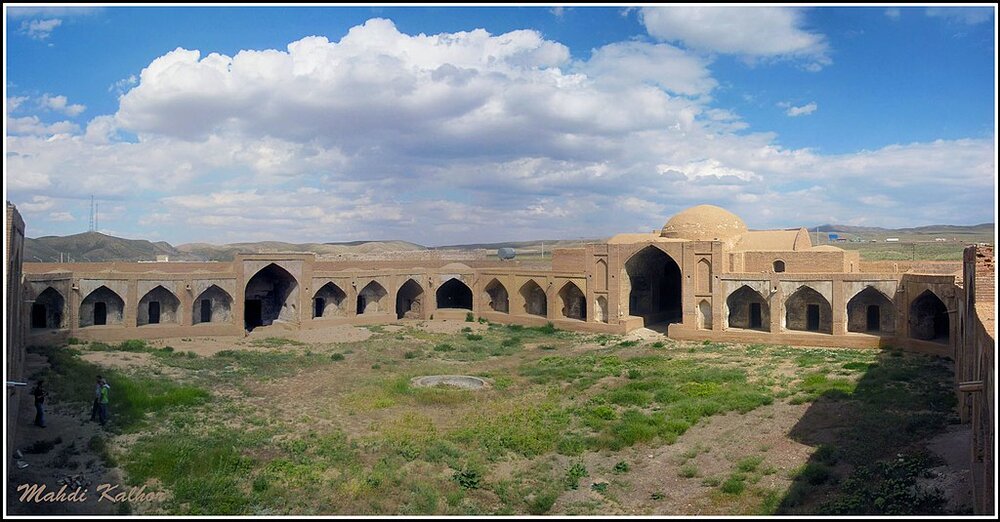Shah Abbasi caravanserai handed over to ministry of tourism

TEHRAN– A Shah Abbasi caravanserai in Semnan, used as a prison over the past four decades, has been handed over to the Ministry of Cultural Heritage, Tourism and Handicrafts.
After years of waiting, and upon the order of Iranian President Ebrahim Raisi, Shah Abbasi Caravanserai of Semnan was finally delivered to the ministry of tourism, CHTN quoted Semnan’s Governor-General Seyyed Mohammadreza Hashemi as saying on Friday.
This caravanserai was at the disposal of the Prisons Organization for many years, the official said.
“During the last four decades, this building was used as a prison.”
Home to many ancient inns, Semnan hopes to gain UNESCO status for a selection of its caravanserais, which are part of a national dossier to be evaluated in the near future by UNESCO experts.
Last year, the Islamic Republic put forward a selection of 56 caravansaries as a candidate for collective inclusion in UNESCO’S cultural heritage list. Such massive inns date from various eras, from the Sassanid (224 CE-651) to the Qajar epoch (1789–1925).
Caravanserai is a compound word combining “caravan” with “serai” (or “sara”); the former stands for a group of travelers and the latter means the building. They often had massive portals supported by elevated load-bearing walls. Guest rooms were constructed around the courtyard and stables behind them, with doors in the corners of the yard.
The earliest Iranian caravanserais date back to the Achaemenid era (550 - 330 BC). Centuries later, when Shah Abbas I assumed power from 1588– to 1629, the mighty Safavid monarch ordered the construction of a network of caravanserais across the country.
Such roadside inns were once constructed along ancient caravan routes in the Muslim world to shelter people, their goods, and animals. The former Silk Road may be the most famous example dotted by caravanserais.
For many travelers to Iran, staying in or even visiting a centuries-old caravanserai can be a wide experience; they have an opportunity to feel the past, a time travel back to a forgotten age.
The majority of Iranian caravanserais have massive portals supported by elevated load-bearing walls. Arched guest rooms are constructed around the courtyard and stables behind them with doors in the corners of the yard.
AFM
Leave a Comment